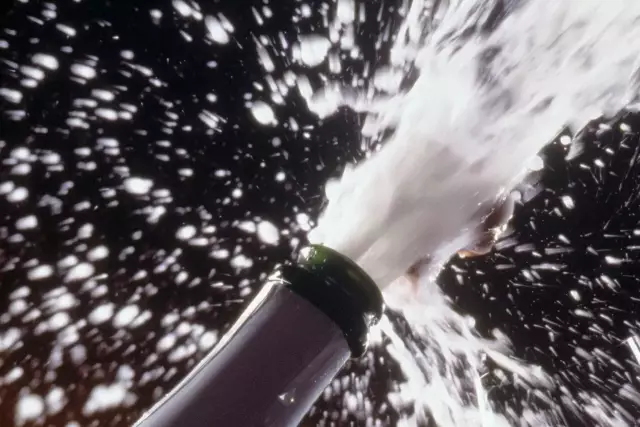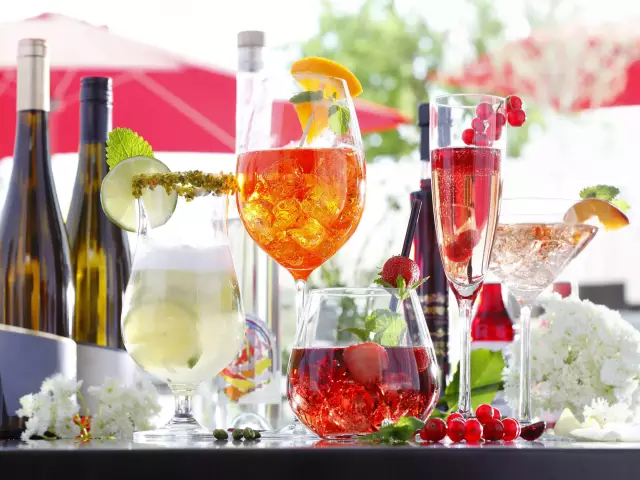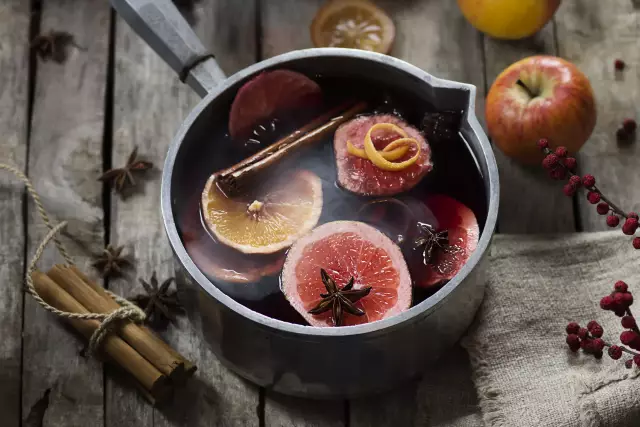Non-alcoholic wines and sparkling wines
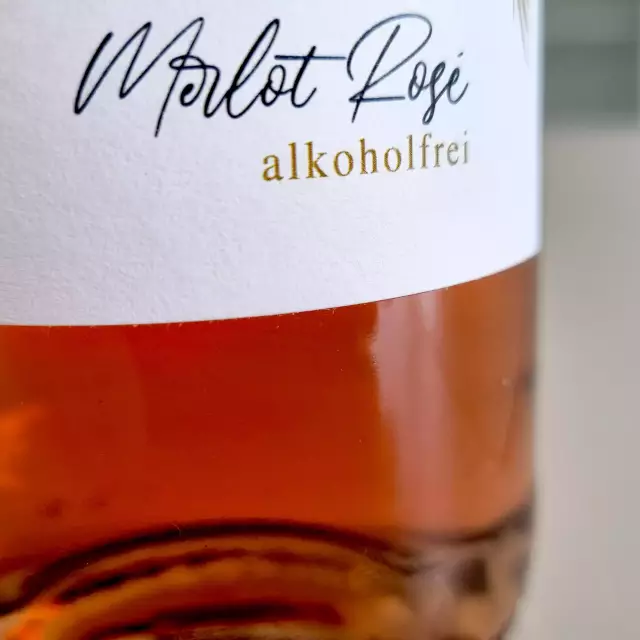
Although they are one of the smallest segments in the wine industry, the demand for dealcoholised wines is growing.
Facts
-
< 1%
Market share
-
15%
Awareness
-
< 0.5 % vol.
Alcohol
The range of dealcoholised wines and sparkling wines from wineries, winegrowers' cooperatives and commercial wineries has increased significantly in recent years. The taste of dealcoholised wines has also developed positively.
Number of producers on the riseA search for wine producers who offer alcohol-free wines, sparkling wines or secco now returns over 60 results (2022).Low level of awareness
Following the trend towards dealcoholised wines and sparkling wines, the market research institute Nielsen conducted a consumer survey on the consumption of dealcoholised wines and sparkling wines in spring 2020. 16,883 respondents from the Nielsen household panel were comparatively unaware that there is also wine without alcohol. Only 15 per cent of respondents were aware of non-alcoholic white wine, twelve per cent of the red and nine per cent of the rose-coloured alternative. Of these groups of people, around a quarter had already drunk the specified non-alcoholic type of wine. The level of awareness of non-alcoholic sparkling wines was significantly higher at 53 per cent. Almost two thirds of people who were familiar with non-alcoholic sparkling wines had already consumed them.Making alcohol-free wines
In order to produce alcohol-free wines, a wine must first be produced from which the alcohol is then removed. This is done by means of vacuum distillation.At a lower pressure, the boiling temperature of the liquid to be separated is reduced to up to 30 degrees so that the alcohol can be gently removed.
Alcohol-free wine therefore undergoes the same development stages as normal wine and still contains many of the original flavourings after alcohol reduction, but only has an alcohol content of 0.5% or less.
How do non-alcoholic wines taste?
According to the Nielsen study, some respondents stated that they were very reserved when it came to non-alcoholic wines, even though they had never consumed the products before. This may well be justified in view of the early production of alcohol-free products. Non-alcoholic wines were produced by removing the alcohol from the wine at elevated temperatures, as a result of which the wine lost a large part of its aromatic diversity. In recent years, non-alcoholic wines have developed significantly in terms of flavour thanks to the new production process. Bouquet varieties such as Sauvignon Blanc or Gewürztraminer are often used as base wines. This gives the end product an intense fruity flavour, which goes some way to compensating for the lack of alcohol. For sparkling wines, carbonic acid is used to compensate for the flavour.
Why more and more consumers are having to give up alcohol
Conscious enjoyment and a balanced lifestyle are much more important today than in the past. The fact that non-alcoholic wines often contain significantly fewer calories also plays an important role in the popularity of non-alcoholic products. So if you want to consciously avoid alcohol, alcohol-free wines and sparkling wines are a good alternative.
Good to know
According to European food law, sparkling wine, wine or beer containing a maximum of 0.5 per cent alcohol by volume (% vol.) may be declared as "alcohol-free". The amount of this percentage of so-called residual alcohol varies from drink to drink.
Podcasts: Non-alcoholic wines and sparkling wines
The DWI podcasts "Alkoholfrei" (Episode 69), Alkoholfeier Wein" (Episode 46) and "Alkoholfreier Schaumwein" (Episode 30) are available on the production of alcohol-free wine products.
What is the market share of dealcoholised sparkling wine ?
The market share of dealcoholised sparkling wine is 5%.
Varietals

White asparagus with pancake strips Asparagus with "Kratzete"
White asparagus with pancake strips and champagne butter sauce.
- 1kg Weißer Spargel
- 200g Mehl
- 4 Eier
- 150ml Milch
- 1TL Butterschmalz zum Braten
- 2EL Butter
- 1 Zitrone
- 1 Prise Zucker
- 1-3 Schnittlauchröllchen zum Garnieren
- 1 Für die Soße:
- 150g Butter
- 50ml Sahne
- 50ml Sekt
- etwas Salz und Pfeffer
Mix the flour with the eggs, milk and a pinch of salt to make a smooth pancake batter. Leave to soak for 30 minutes.
In the meantime, peel the asparagus and cook in salted water with 2 tbsp butter and a pinch of sugar until al dente. Drain well and keep warm.
<p
<p>Pour the pancake batter in batches into hot clarified butter
.
pour into hot clarified butter. When the underside is browned, use a fork to scrape into pieces. Finish frying until the pieces are golden yellow.
For the champagne-butter sauce, bring the cream to the boil, reduce slightly and stir in the cold pieces of butter (walnut-sized). Add the sparkling wine and season to taste with salt and pepper.
<p
<p>Arrange the asparagus on pre-warmed plates. Add the kratzete, drizzle with the sauce and garnish with chives.
<p
<p>Wine recommendation:
A mild and dry Gutedel or a delicate Kabinett wine from Riesling or Pinot Blanc.
- Gutedel (trocken)
- Riesling (brut)
- Pinot Gris (brut nature)
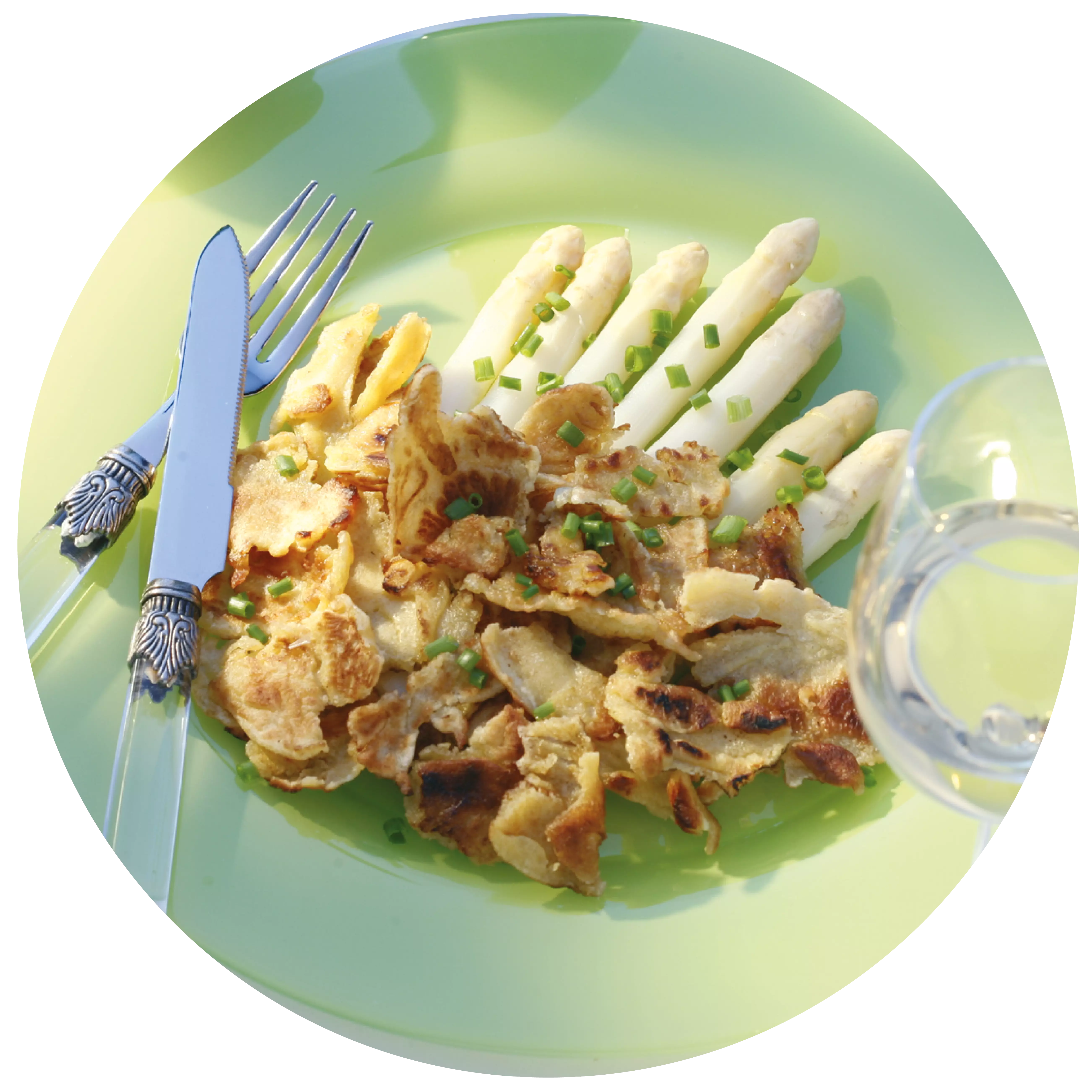
with bulgur Cabbage stew
with bulgur
- 200 Gramm Zwiebeln
- 1 ganze Knoblauchzehe
- 800 Gramm Spitzkohl
- 200 Gramm Möhren
- 400 Gramm festk. Kartoffeln
- 1 EL Kümmelsaat
- 1,5 Liter Gemüsefond
- 5 EL Olivenöl
- 2 EL Tomatenmark
- 2 EL edelsüßes Paprikapulver
- 3 TL Honig
- nach Belieben Salz & Pfeffer
- 120 Gramm grobe Bulgur
- 1 Bund Petersilie
- 4 Stiele Minze
- 1 ganze Zitrone
- 2 ganze Äpfel
- 3 EL Obstessig
Finely dice the onions and garlic. Clean, wash and quarter the cabbage, remove the stalk and roughly chop the cabbage quarters. Peel the carrots, halve lengthways and cut into approx. 2 cm wide pieces. Peel the potatoes and cut into approx. 2.5 cm pieces. Fry the carrots in a pan without fat and set aside.
Heat the vegetable stock in a small pan. Heat 3 tablespoons of oil in a large pan, sauté the cabbage in it for 10-15 minutes over a high heat until dark brown and remove from the pan.
Add the remaining oil to the pan. Fry the onions and garlic until translucent. Add the potatoes and muesli and sauté for 3-4 minutes, stirring constantly. Add the tomato purée and paprika powder and fry while stirring. Add the cabbage, honey and caraway and pour in the hot vegetable stock. Season with salt and pepper. Bring to the boil, cover and simmer for 45 minutes. Add the bulgur 20 minutes before the end of the cooking time.
Quarter the apples, remove the seeds, cut into approx. 1 cm cubes and add 10 minutes before the end of the cooking time. Pluck the herbs and chop medium-fine. Wash and dry the lemon, finely grate the zest and mix with the herbs. Flavour the stew with vinegar, salt and pepper and serve sprinkled with the herbs.
Tip: The pointed cabbage must be roasted really strongly and dark so that the aromas come out well.
- Spätburgunder / Pinot Noir (trocken)
- Trollinger (trocken)
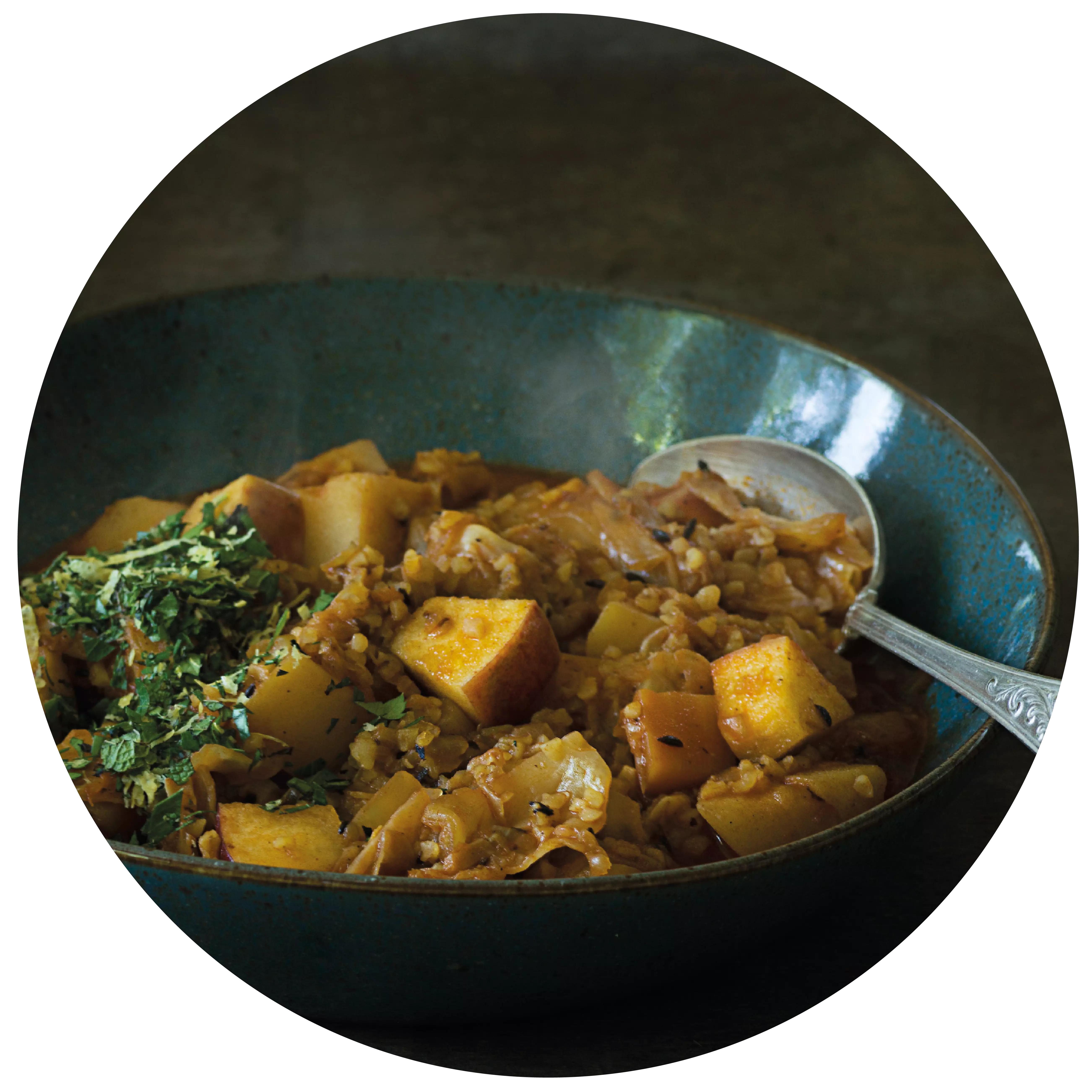
with honey and thyme Goat's cheese tower
with honey and thyme
- 1 großer Apfel
- 1 Rolle Ziegenkäse
- 4 Scheiben Bacon
- 4 TL Honig
- 1 TL Thymian
- 4 Blätter Eichblattsalat
- frische Zweige Thymian zum Garnieren
- nach Belieben Salz & Pfeffer
Preheat the grill to the highest setting.
Fry the bacon slices without fat in a non-stick frying pan until crispy and drain on a piece of kitchen paper. Leave the rendered fat in the pan.
Wash the apple, core it with a corer and then cut it into four, approx. 1 cm thick slices. Slowly fry the apple slices in the remaining bacon fat until just cooked, using the tip of a knife to check the doneness. Place the apple slices in a lightly greased baking dish, sprinkle with thyme and place a crispy fried bacon slice on top of each one.
Divide the goat's cheese into 4 thalers and place one thaler on each apple slice, sprinkle with thyme again and drizzle with 1 teaspoon of honey.
Bake under the grill until the cheese is lightly browned.
Serve the goat's cheese and apple tartlets on a lettuce leaf or, if you prefer, on a bed of lettuce (add a honey-flavoured dressing)
- Dornfelder (halbtrocken & feinherb)
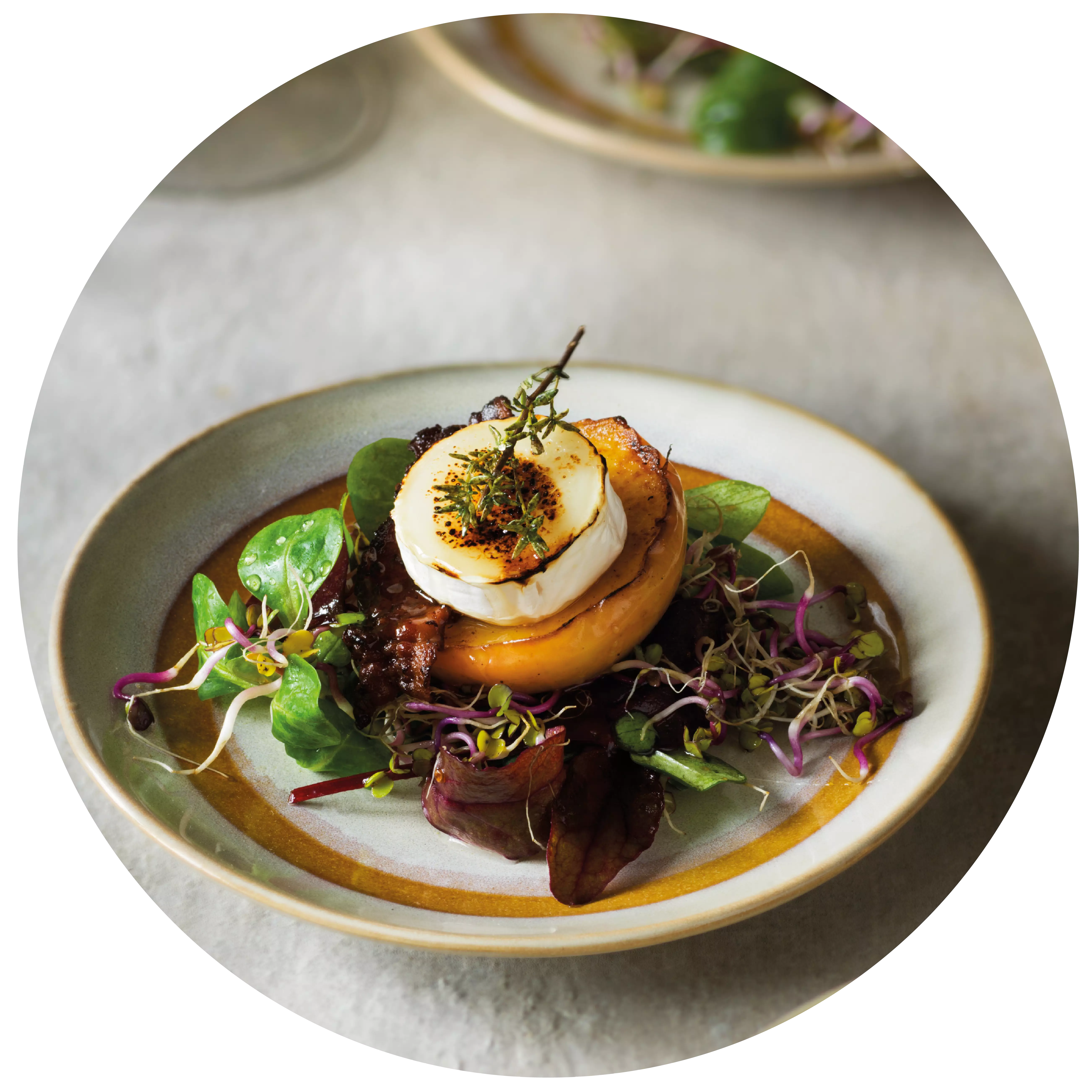
with semi-dry wines Flädlesuppe
with semi-dry wines
- 1 Bund Schnittlauch
- 1 Liter Fleischbrühe
- 150 Gramm Weizenmehl
- 300 ml Milch
- nach Belieben Speckschwarte zum ausreiben der Pflanne
- Etwas Salz
Make a smooth, not too thick batter from the flour, milk, eggs and a pinch of salt. Heat a heavy frying pan on a high heat, rub with bacon fat, pour in a small dollop of batter, allow to spread and fry thin pancakes (flädle).
<p
<p>Leave the pancakes to cool, halve and cut into thin strips.
Place in clear, very hot meat stock and serve immediately.
<p- Trollinger (halbtrocken & feinherb)
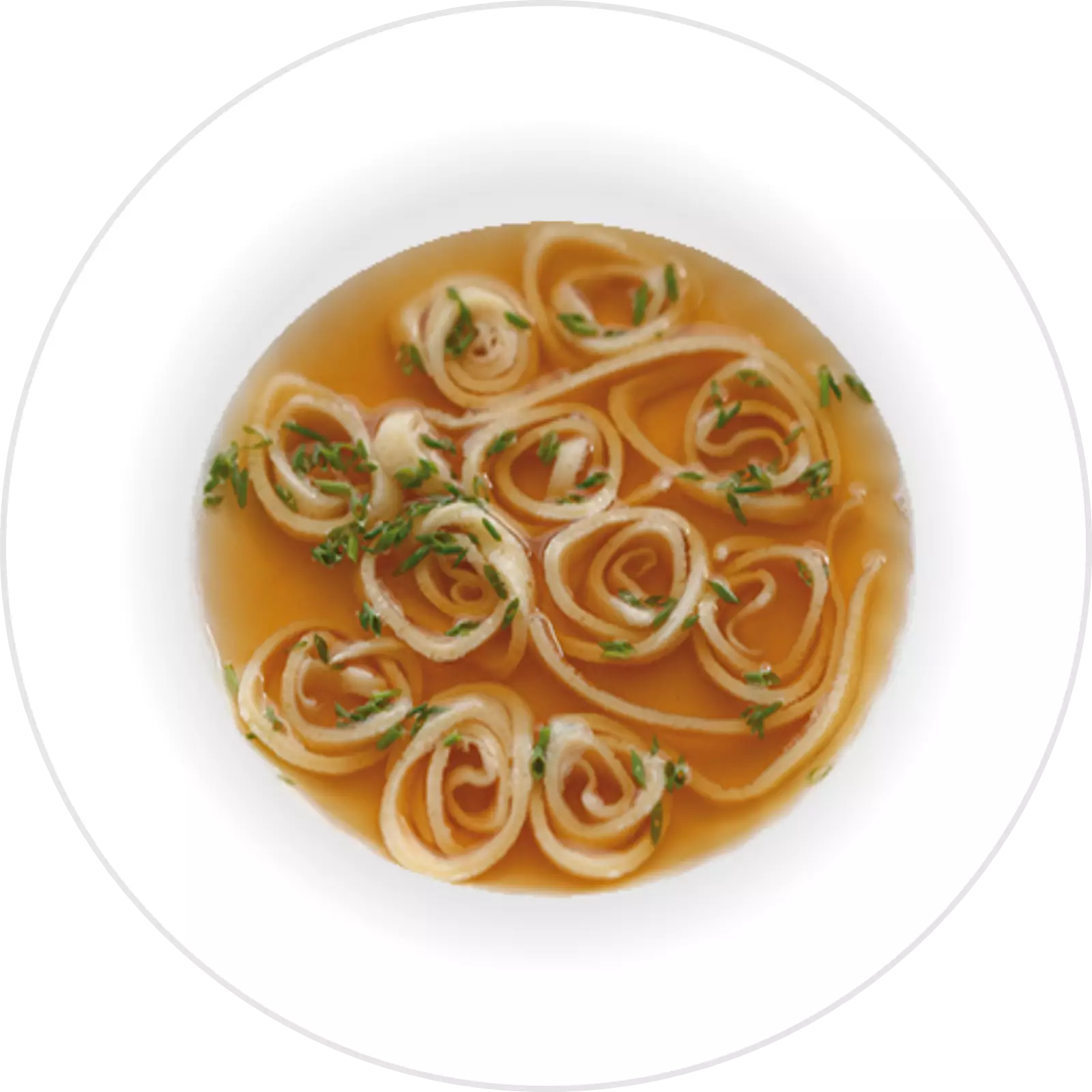
Teaser
Events
-
Show
winetasting in our winery - blind tasting
Mainz-Hechtsheim


